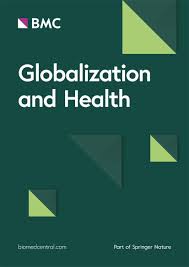Abstract
Objective
To report on the effectiveness of a standardised core Maternity Waiting Home (MWH) model to increase facility deliveries among women living >10 km from a health facility.
Design
Quasi-experimental design with partial randomisation at the cluster level.
Setting
Seven rural districts in Zambia.
Population
Women delivering at 40 health facilities between June 2016 and August 2018.
Methods
Twenty intervention and 20 comparison sites were used to test whether MWHs increased facility delivery for women living in rural Zambia. Difference-in-differences (DID) methodology was used to examine the effectiveness of the core MWH model on our identified outcomes.
Main outcome measures
Differences in the change from baseline to study period in the percentage of women living >10 km from a health facility who: (1) delivered at the health facility, (2) attended a postnatal care (PNC) visit and (3) were referred to a higher-level health facility between intervention and comparison group.
Results
We detected a significant difference in the percentage of deliveries at intervention facilities with the core MWH model for all women living >10 km away (DID 4.2%, 95% CI 0.6–7.6, P = 0.03), adolescent women (<18 years) living >10 km away (DID 18.1%, 95% CI 6.3–29.8, P = 0.002) and primigravida women living >10 km away (DID 9.3%, 95% CI 2.4–16.4, P = 0.01) and for women attending the first PNC visit (DID 17.8%, 95% CI 7.7–28, P < 0.001).
Conclusion
The core MWH model was successful in increasing rates of facility delivery for women living >10 km from a healthcare facility, including adolescent women and primigravidas and attendance at the first PNC visit.




